A pantry is the ideal nook for storing extra food and other items ordinarily crammed into the kitchen. It’s also a nice design feature, as it harkens back to the days of country kitchens with spacious pantries.
You might be thinking, “That’s nice, but our home doesn’t have a pantry.”
That’s okay. These days, there are many ways to create a pantry in your home – even if it doesn’t have one! Here are just a few suggestions:
1) Add shelves to the laundry room. If you have the space, this is the ideal place to create a mini-pantry.
2) Purchase a portable pantry. There are many available on the market. Some are even disguised as cabinets you’d expect to see in living and dining rooms.
3) Purchase a movable pantry. These units are on wheels and can slide in and out of the kitchen with ease. Some are short enough to slide conveniently under a kitchen table.
4) Make use of an unused closet. These are rare in most homes, but if you have a closet that isn’t being used, it can easily be converted into a pantry.
As you can see, there are plenty of options available. You don’t necessarily need to build an extra room!












